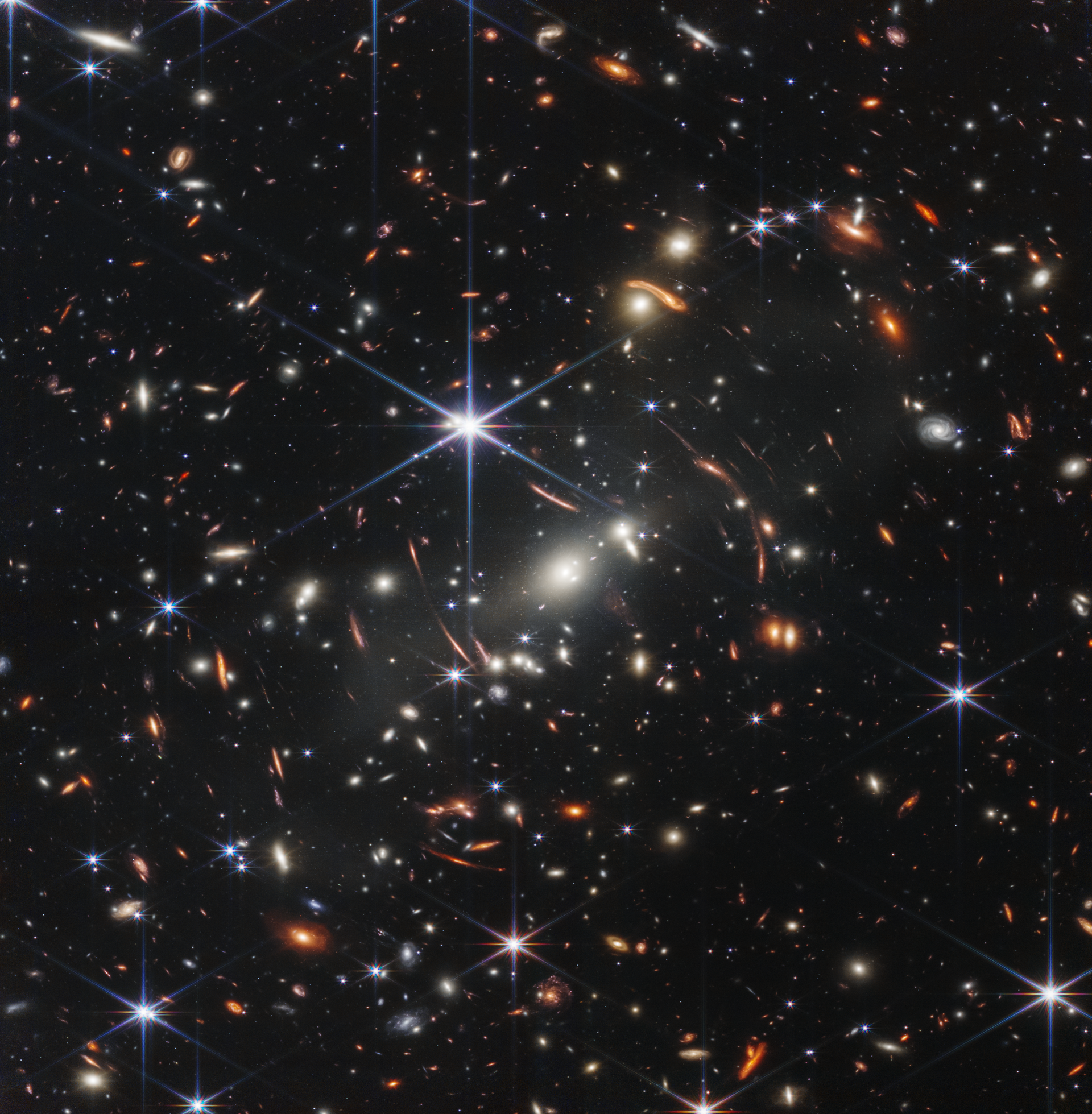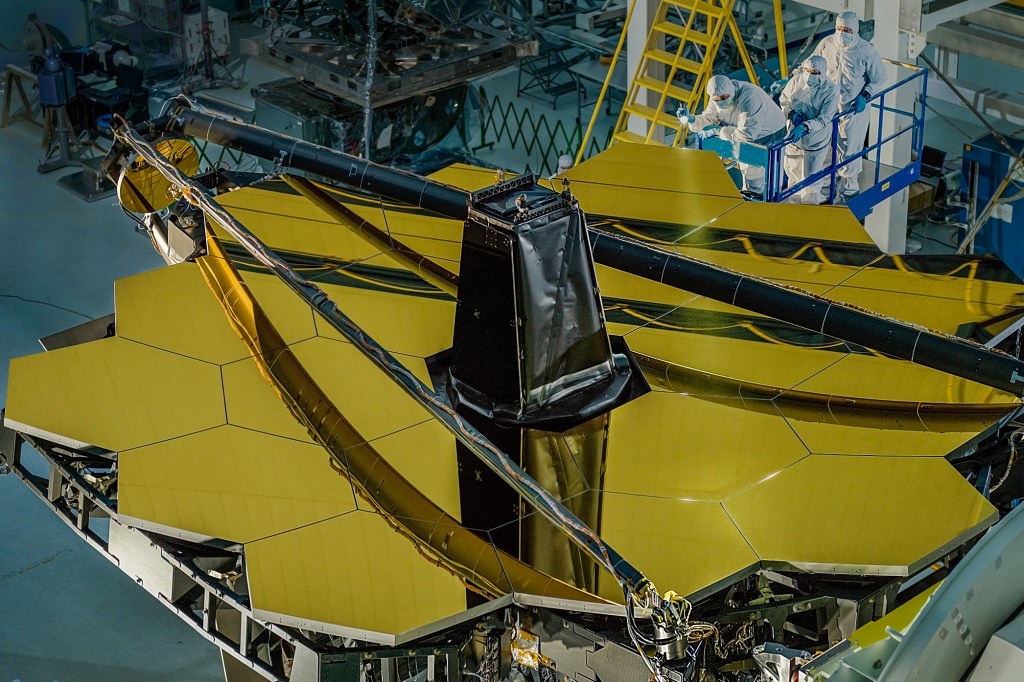I think that you are noticing the 'diffraction spikes'?- (simplistically!) the six main ones are caused by the hexagonal shape of the mirror segments of the JWST, and the two smaller spikes caused by the secondary mirror supports.
(See page 23 of the attached for the science!

).
They are prominent on the image due to the foreground stars being very bright compared to the background (when it's the background that's really of interest).
This effect will only occur for a limited set of images (say deep fields, or where the effect can actually help with the mirrors calibration).
JWST itself is an anastigmat telescope - so hopefully shouldn't have astigmatism!

Video Overview What Kind Of Telescope Is Webb? Webb is what is known as a three mirror anastigmat telescope. In this configuration, the primary mirror is concave, the secondary is convex, and it works slightly off-axis. The tertiary removes the resulting astigmatism and also flattens the focal...

webb.nasa.gov
I hope that makes sense?



